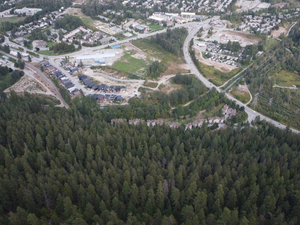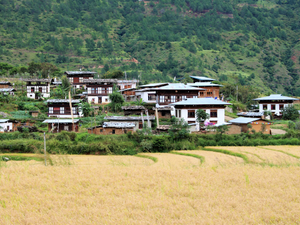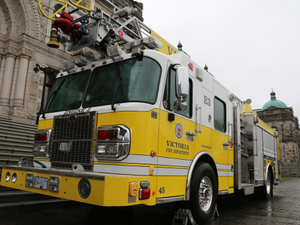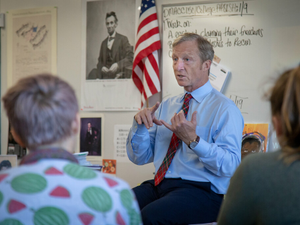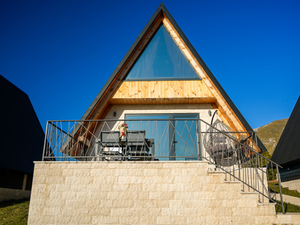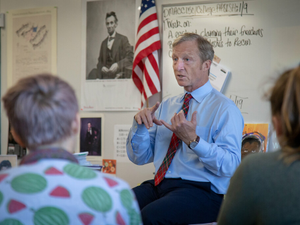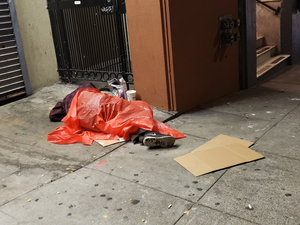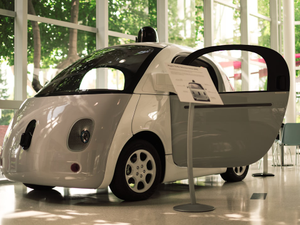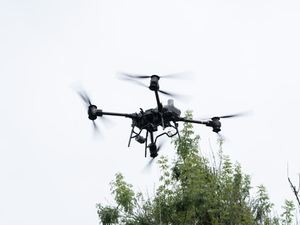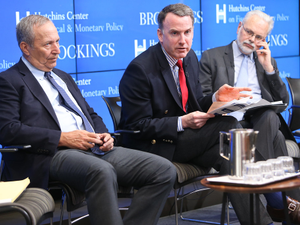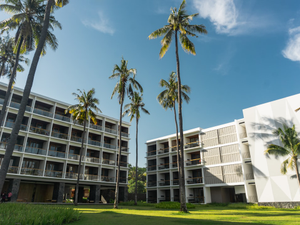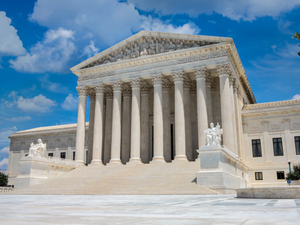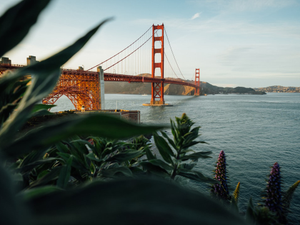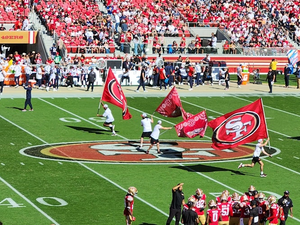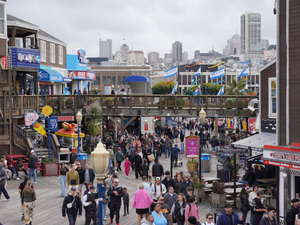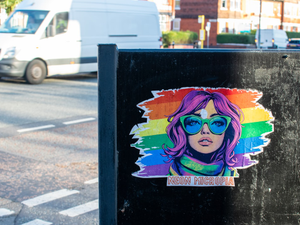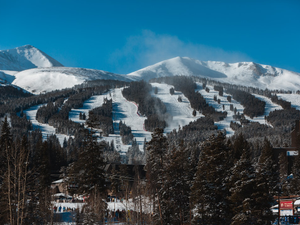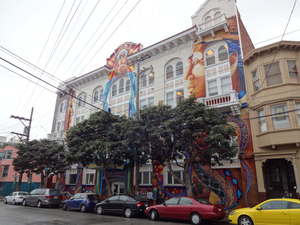North Berkeley BART Goes Green: A Win for Cyclists and Climate Action
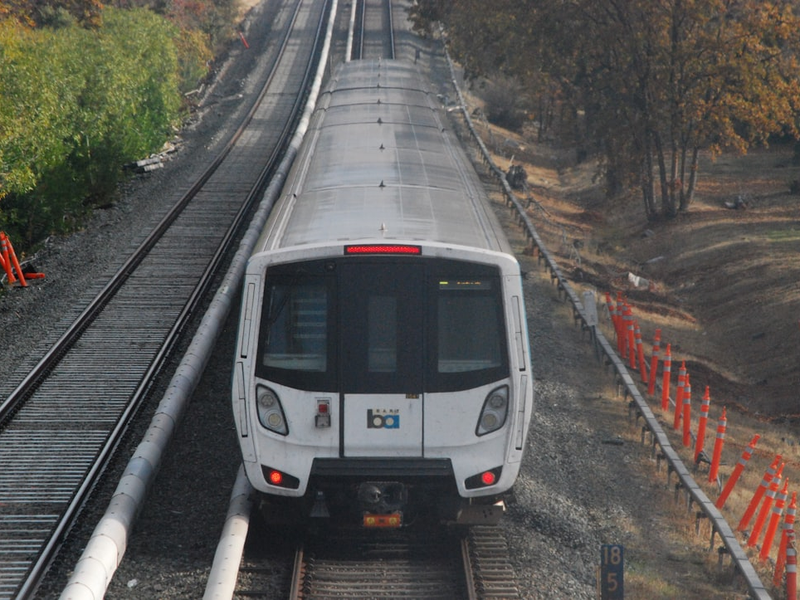
Berkeley just leveled up its transit game with a major accessibility upgrade at the North Berkeley BART station that’s not just about convenience, it’s about fighting climate change. The recent $3.4 million project transforms how residents move around the city, prioritizing bikes, pedestrians, and sustainable transportation.
The improvements are impressive: new ADA-compliant ramps, enhanced lighting, expanded bicycle parking, and pedestrian-friendly intersections now make the station more welcoming and navigable. BART District 3 Director Barnali Ghosh emphasized that these changes aren’t just infrastructure upgrades, they’re about creating more connected, accessible neighborhoods.
Berkeley Mayor Adena Ishii drove home the climate imperative behind the project, noting that transportation remains the largest source of greenhouse gas emissions in the city. “If we want to be a true climate leader, we must make it easier for people to live in vibrant, transit-connected neighborhoods where they can walk, bike, and take BART,” she stated.
The funding comes from multiple sources, including California’s Affordable Housing and Sustainable Communities Program and BART’s Measure RR. The project goes beyond infrastructure, with plans to transform the area around the station by replacing over 600 parking spaces with approximately 700 apartment units, a move that supports transit-oriented development.
This isn’t just about making travel easier; it’s a strategic approach to urban planning that prioritizes sustainability, accessibility, and community needs. By investing in bike-friendly infrastructure and reducing car dependency, Berkeley is setting a progressive example for cities nationwide.
The North Berkeley BART station upgrade represents more than concrete and bike lanes, it’s a tangible commitment to creating greener, more inclusive urban spaces where transportation and environmental consciousness go hand in hand.
AUTHOR: pw
SOURCE: Local News Matters




